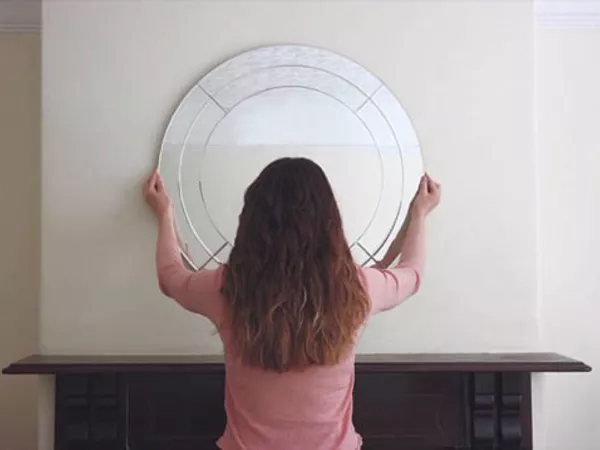By continuing to use this site, you agree to our use of cookies.
How to Wrap and Move a Couch
Nov 7, 2022
Protecting your sofa during a move
A living room is a place for relaxing and gathering with friends and family. Often the heart of the room is the sofa or couch. When moving, you’ll want to protect this vital piece of furniture so it can be around for making memories at the new place. At U-Pack®, we’re experts on moving, and we’ve gathered the best tips to keep your couch in tip-top shape while in route to your new home.

Getting started
Here’s what to have on hand:
- tape measure
- moving boxes
- basic tools (screwdrivers, wrenches and a hammer)
- paper padding or moving blankets
- plastic stretch wrap
- packing tape
- zip-top plastic bags
- marker for labeling
- furniture dollies, a hand truck, or furniture lifting straps
- tie-downs or rachet straps
Before getting started, measure the sofa’s length, height and depth — you’ll need to know these numbers soon.
Prepping a sofa for transport
First, ensure the couch is clean and dry. Next, remove any throw blankets, accent pillows/cushions and the legs, and pack them in moving boxes. If you have a sectional, disassemble the pieces to make it easier to wrap and carry. Last, place any screws and other hardware in a plastic zip top bag so it’s easy to locate later (pack this safely in a box that’s destined for your living room).
Sleeper sofas are normally incredibly heavy to move! If you have one, make it much lighter by removing and packing the mattress separately.
Suggested reading: tips for packing your belongings.
Wrapping a couch
The best way to protect your furniture from grime and damage during a move is to cover it securely. We recommend using either paper padding or moving blankets for the first layer, followed by plastic stretch wrap to hold everything together during transit. If you’re moving antique furniture, it may need extra layers of paper or blankets to protect delicate details and legs that can’t be removed.
To wrap the couch, start by draping the upholstered surface with paper or blankets, then place plastic stretch wrap over the padding using light pressure. Follow up with a second layer of wrap (and a third if needed) to hold everything tightly. You can seal the ends with packing tape to keep things secure.
Note: For leather or faux leather furniture, it’s important to make sure the entire surface of the sofa is covered by paper or moving blankets. Plastic stretch wrap used directly on the leather could cause discoloration if the furniture sweats during transit.
Clearing a path
Remember those measurements you took earlier? Now’s the time to compare those numbers to the dimensions of your pathway to the moving equipment to make sure everything will fit through. If you find you need extra room, be prepared to remove doors from hinges. Also make sure to remove any obstacles like rugs or cords along the path and to keep children and pets out of the way for their safety and yours.
Safely moving and loading a sofa
While you might be able to manage moving smaller furniture alone, if you’re moving large items, it’s best to have a helper or two for safety purposes. The easiest way to move a couch is to have someone help load the wrapped piece onto furniture dollies or a hand truck, secure it with straps, and then roll it outside and into the moving equipment. Make sure to lift with your legs, not your back to stay safe!
Another option is to use furniture moving straps, which attach to the sofa and your body to make lifting easier. These straps may be particularly helpful for navigating stairs with heavy furniture.
Securing a couch for transit
Most sofas can be loaded horizontally or vertically, depending on the space available in the moving equipment. If possible, we recommend loading it vertically — it’s a space-saver and since items aren't stacked on top, it can add some extra protection.
If you’re loading vertically, tip the piece on its end and use straps to secure it in the corner of the moving equipment. Make sure the straps are tight enough to prevent movement during transit.
Can a sofa fit in a U-Pack Relocube®? Relocubes can hold couches up to 92” in length. If furniture is larger, a moving trailer might work better for your move.
Note: If you must transport a sofa horizontally, avoid stacking heavy boxes on top since this could damage the springs.
Have questions?
If you haven’t already, request your free moving quote online or call 844-362-5303844-594-3077 to speak with one of U-Pack’s knowledgeable moving consultants. If you have further questions about safely moving your couch or anything else about your move, let us know in the comments. We’re available to help!
More articles you might like...



